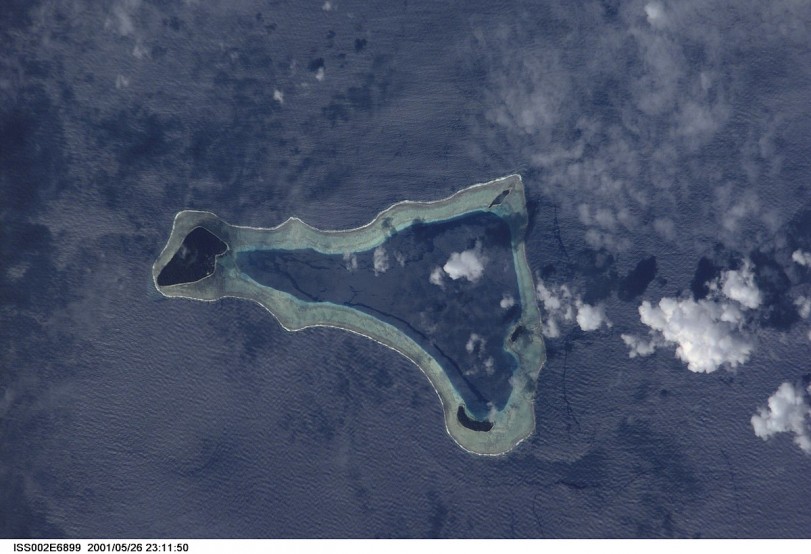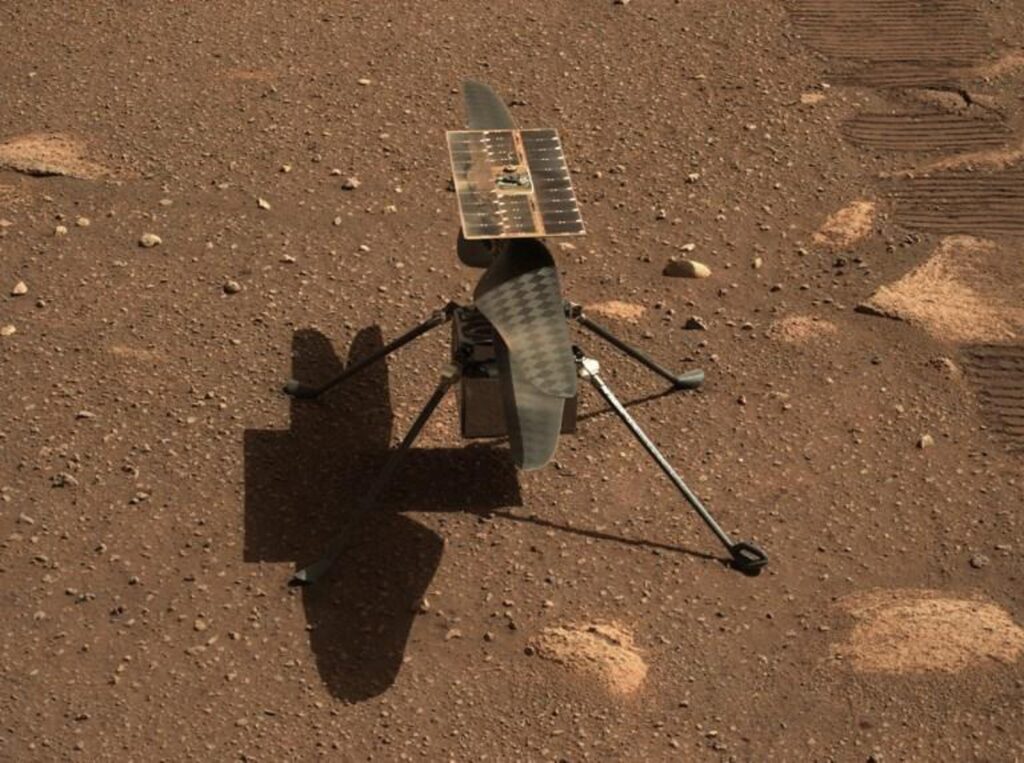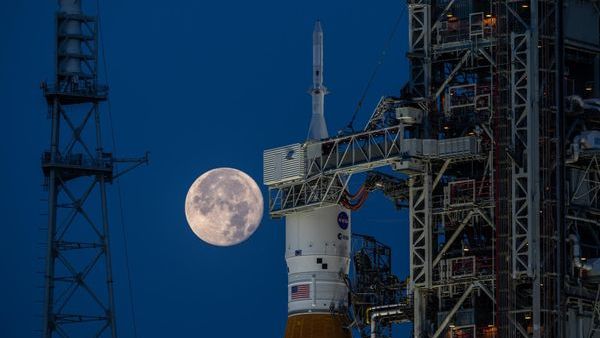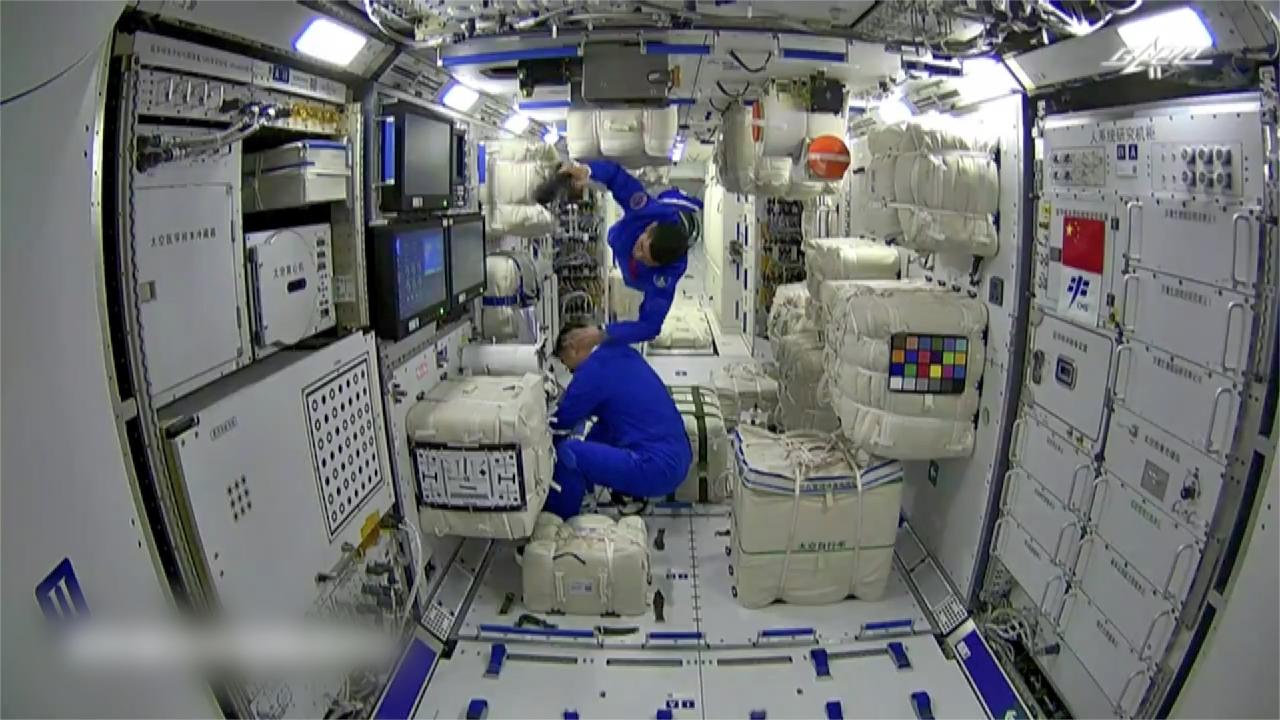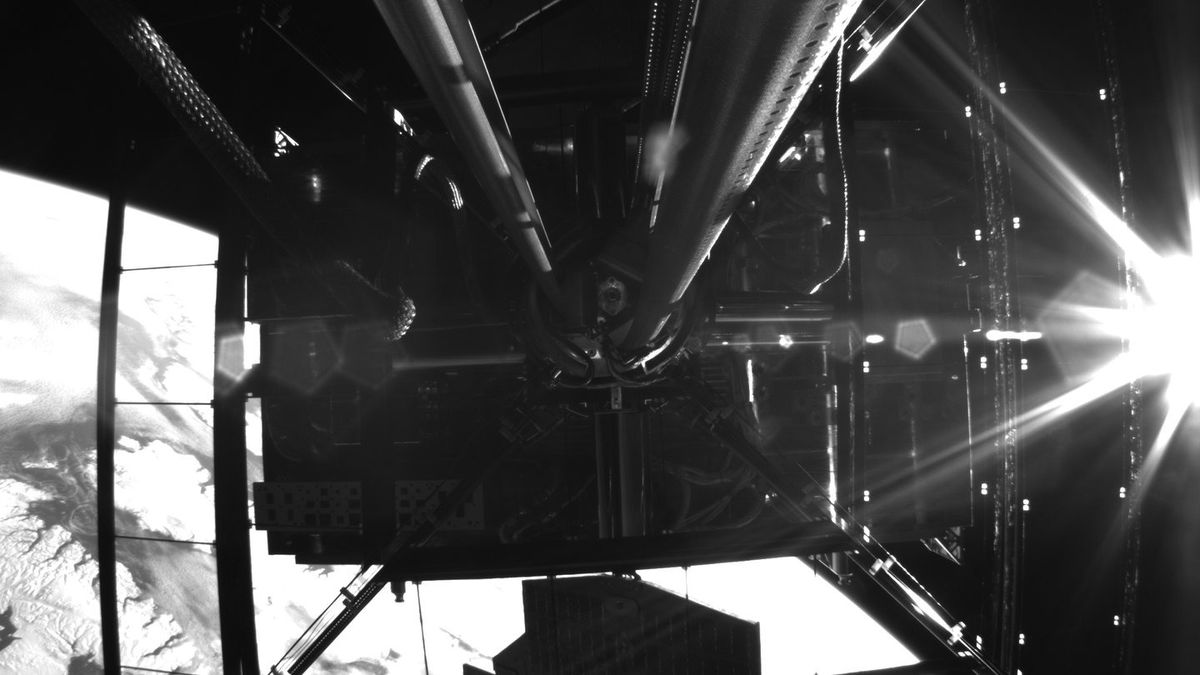Scientists found a massive volcanic superstructure the size of Idaho beneath the Pacific Ocean. The Melanesian Border Plateau, over 85,000 square miles, has evolved for 145 to 66 million years and continues to rise. International researchers used seismic data, geological samples, and computer models to identify four 100-million-year volcanic phases.
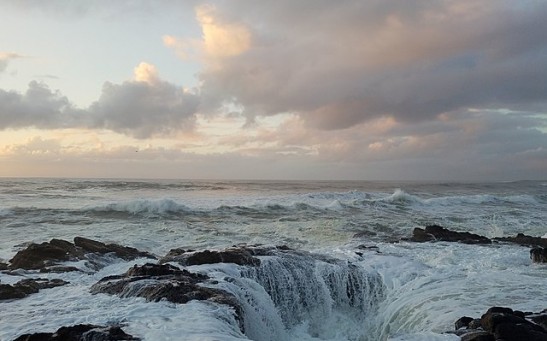
Melanesian Border Plateau Holds Key to Past and Future
In 2013, University of Nevada Las Vegas assistant professor of geoscience Kevin Konrad led an oceanic voyage to collect Melanesian Border Plateau rock samples. The extensive investigation revealed four volcanic episodes in the plateau’s age and formation. In the South Pacific, deep underwater sits the Melanesian Border Plateau larger than Idaho.
The study illuminated Earth’s formation. This analysis was difficult but required due to the area’s 2,000-foot sea depth. The study shows Earth’s geological history and may reveal its future.
The Melanesian Border Plateau has rare elements needed for smartphones, computers, and medical gadgets. The submerged structure gains significance from this revelation.
READ ALSO: Satellite Images Show Japan’s New Year’s Day Earthquake Altered Coastline
Did Volcanic Hotspots Shape the Underwater World?
The plateau formed in four periods during the Cretaceous period, 145–66 million years ago, when dinosaurs roamed Earth. Over time, volcanic hotspots like Louisville, Rurutu-Arago, and Samoa helped shape it. Deformation of the Tonga Trench plate boundary has triggered recent volcanic eruptions in the fourth phase.
The Melanesian Border Plateau’s complex creation is not unique; similar oceanic mid-plate superstructures may exist, notably in the South Pacific, where volcanic activity continues. Understanding volcanic activity helps explain the origin of other undersea formations, but it doesn’t threaten people.
